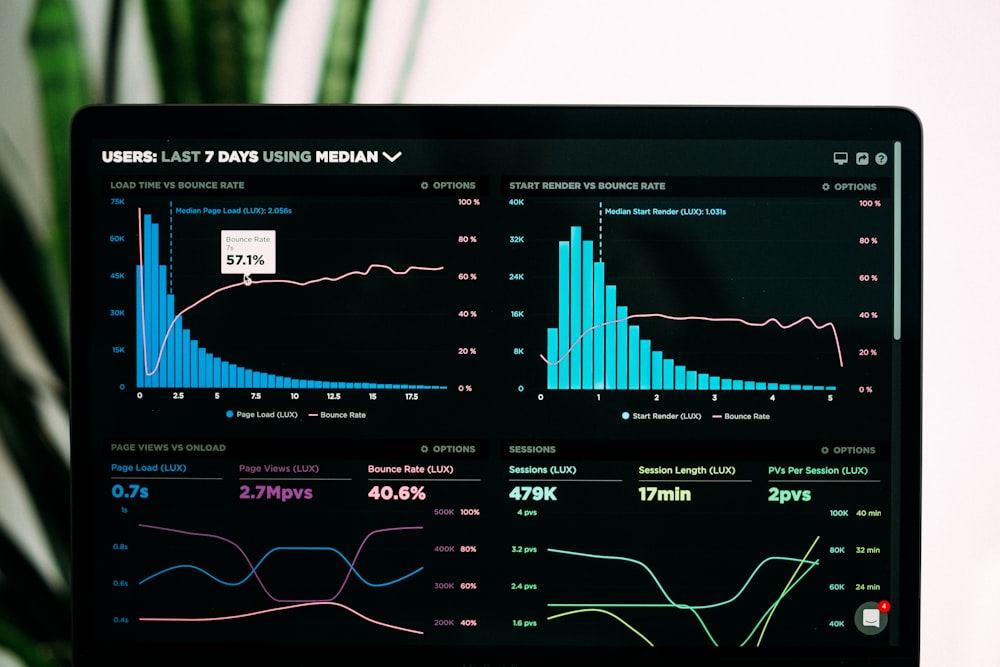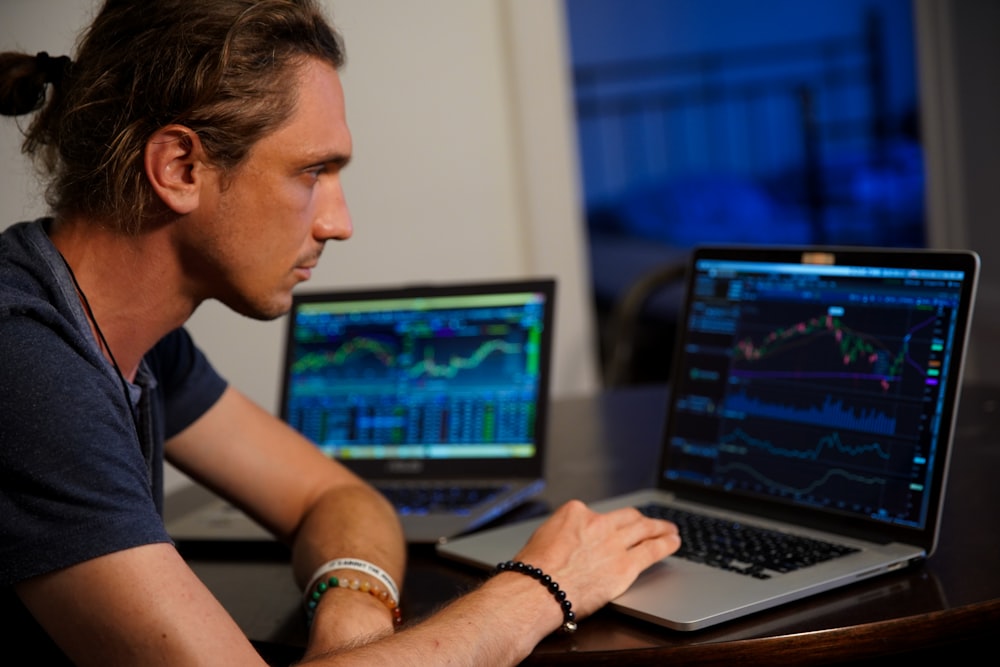Do you want to try Forex but don’t know where to start? Forex trading can be difficult for beginners. This is partly related, in general, to unrealistic but common expectations among newbies in this market. Many of the fundamental principles of forex trading for beginners and share trading for beginners overlap. This article will concentrate on Forex trading. Some of the same strategies, terms, and general concepts, however, apply to share trading.
By the end of it, you’ll understand all of the most important terms used in Forex trading, so you won’t get confused while learning to trade. You’ll learn everything from choosing a platform to executing a trade, as well as 10 Forex trading tips for beginners who want to earn money, strategies, and more in this post.
What Exactly is Forex trading? An Overview of the Fundamentals
How to trade forex? Forex trading, in a nutshell, is an investment marketplace in which traders speculate on the future direction of a currency pair. This could include currency pairs such as EUR/USD, which highlights the exchange rate between the euro and the US dollar.
As an example:
Assume the EUR/USD is trading at 1.0025.
- This means that the trader will receive 1.0025 US dollars for every euro exchanged.
- A forex trader, on the other hand, must forecast whether this exchange rate will rise or fall.
- If the trader predicts that the EUR/USD price will rise and it does, they will profit from this trade.
- Currency traders can choose from a wide range of forex pairs, each of which falls into one of three broad categories:
- Majors are pairs that contain the US dollar alongside another major currency, such as the euro. USD/GBP
- Minors are currency pairs that include the two major currencies but not the US dollar, for example, EUR/USD. EUR/GBP
- Exotics are pairs that contain at least one currency from an emerging country, such as the Chinese yuan. USD/TRY
Do you understand what a Pip in forex trading is? A forex pair’s price will rise and fall with each passing second. As a result, forex pairs are typically traded in pips, which refer to the currency unit following the decimal point.
For example, if the pair moves from 1.3000 to 1.3001, this represents a 1 pip movement.
A trader must specify a stake in order to speculate on a forex position. This is the amount of money they are willing to risk in the position. In many cases, the best forex brokers in this space allow traders to open positions with as little as 0.01 lot. A standard lot is equal to 100,000 units of the underlying currency. Read our guide on what is a lot in forex for more information on standard lots.
Many investors in this space use day trading strategies when it comes to forex trading strategies. This means they open and close a forex position before the market closes, resulting in trades lasting hours or even minutes. Swing trading is also popular in the forex market, as it allows for the flexibility of opening and closing positions over a few hours, days, or weeks.
How Do You Trade Forex? How Does it Work?
Every day, trillions of dollars in currency exchange hands. Large banks and financial institutions control the vast majority of this market. In terms of demand and supply, this is what drives the market. It should be noted, however, that macroeconomic and geopolitical events can also have an impact on the direction of a currency pair.
For example, with persistent fears of a global recession, demand for the US dollar is at an all-time high. This means that the dollar is strengthening against the majority of other currencies. The euro, for example, recently fell below parity with the US dollar. For the first time, one US dollar was worth more than one euro.
These types of events allow investors of all sizes to profit from ever-changing currency price movements. The difficult part is predicting which way a currency pair will move. Most experienced Forex traders will use technical analysis and high-level chart analysis to determine the direction of a currency pair.
Such traders will examine historical trends and compare them to current pricing levels. Experienced traders will use economic indicators such as the RSI, MACD, moving averages, Bollinger Bands, and others to achieve this goal. In real time, these indicators evaluate a variety of data related to volatility, support/resistance levels, and volume.
Forex Trading Terminology for Beginners
This is where you can start with your Forex trading notes for beginners. I’m going to start this trading for beginners guide by presenting some of the most common trading terms you’ll need to know.
1. Spot Foreign Exchange
This type of Forex trading entails purchasing and selling real currency. For example, you can buy a certain amount of pound sterling and exchange it for euros, and then when the value of the pound rises, you can exchange your euros for pounds again, receiving more money than you originally paid.
2. Pip
In non-JPY currency pairs, a pip is the base unit in the price of the currency pair or 0.0001 of the quoted price. As a result, when the bid price for the EUR/USD pair moves from 1.16667 to 1.16677, it represents a 1 pip difference.
3. CFDs
“Contract for Difference” is an abbreviation for “CFDs”. It is a contract used to represent the movement of financial instrument prices. In Forex terms, this means that rather than buying and selling large amounts of currency, you can profit from price movements without owning the asset itself. CFDs in stocks, indices, and commodities are available in addition to Forex.
4. Margin
Margin is the money that is kept in the trading account when a trade is opened. However, because the average “Retail Forex Trader” lacks the required margin to trade at a high enough volume to make a good profit, many Forex brokers provide their clients with access to leverage.
5. Spread
The spread is the difference between a currency pair’s purchase and sale price. The spread on the most popular currency pairs is frequently low, sometimes less than a pip! The spread is much wider for less frequently traded pairs. Before a Forex trade can be profitable, the currency pair’s value must be greater than the spread.
6. Leverage
This concept is essential for new Forex traders. Leverage is the capital provided by a Forex broker to its customers in order to increase the volume of trades they can make.
Example:
- A contract or lot has a face value of 100,000 units of the base currency. It would be 100,000 euros in the case of EUR/USD.
- You can trade a currency pair with a $10,000 position size if you use a 1:10 leverage rate and have 1,000 euros in your trading account.
- If the trade is profitable, leverage will increase your profits by a factor of ten. Keep in mind, however, that leverage multiplies your losses by the same factor.
As a result, whether we’re talking about trading for beginners or experts, leverage should be used with caution. If your account balance falls below zero euros, you can request your broker’s negative balance policy.
7. The Bear Market
This is a term used to describe the stock market when it is on the decline. In other words, when stock prices are falling. When a stock’s price falls sharply and rapidly, it is regarded as extremely bearish.
8. Bull Market
A bull market is the inverse of a bear market. A Bear Market occurs when the stock market experiences a period of rising stock prices. A stock, as well as a sector, can be described as bullish or bearish.
9. Bid
The bid is the price per share that traders are willing to pay. It is calculated against the asking price, which is the price at which sellers are willing to sell their shares. What is the term for the difference between the bid and the asking price? The distribution.
10. Exchange
This is where transactions take place. The NASDAQ and the New York Stock Exchange are two well-known stock exchanges (NYSE).
11. Beta
A metric that indicates the relationship between a stock’s price and the overall market movement. If a stock has a beta of 1.5, it means that when the market moves one point, it moves 1.5 points and vice versa.
12. Broker
A broker is a person or company who helps you buy and sell an instrument through their platform (in the case of an online broker). A commission is usually charged.
13. Close
This is when an exchange closes and trading ceases. The NASDAQ and NYSE open for regular trading from 9 a.m. to 4:30 p.m. Eastern standard time. After-hours trading is available until 8 p.m.
14. Day Trading
This occurs when traders buy and sell within a single day. A common trading strategy is day trading. However, someone who day trades may also make long-term investments (a long-term portfolio).
The following two terms are only used in the context of stock trading:
15. Dividend
A portion of a company’s earnings is distributed to its shareholders or those who own stock in the company. These dividends are distributed quarterly (four times a year) or annually (once per year). Not every company pays dividends to its shareholders. Companies that provide penny stocks, for example, are unlikely to pay dividends.
16. Blue Chip Securities
These are stocks in large, industry-leading corporations. Many traders are drawn to blue chip stocks because they have a reputation for paying consistent dividends and demonstrating long-term sound fiscal management. Some believe the term “blue chip” comes from the blue chips used in casinos, which are the highest denomination of chips.







